#buddhist
Text
When you grant people freedom, you will find yours, too.
— The Things You Can See Only When You Slow Down by Haemin Sunim
43 notes
·
View notes
Text

PO LIN MONASTERY - HONG KONG
27 notes
·
View notes
Text
Until We Meet Again
Do I love you
of course I do
how could I not
lifetimes shared
within endlessly
everchanging stories
now I am ancient, fading
and soon I must leave
yet not one single tear
should kiss your cheek
for I and our love
will be patiently waiting
until we meet again
as soulmates, lovers
strangers and friends
in yet another time
on the other side
#poetry#love#lifetimes#tear#kiss#strangers#lovers#soulmates#friends#rebirth#time#Buddhist#the other side#Until We Meet Again
18 notes
·
View notes
Text


Eolian processes of Buddhist grottoes in Anyue county, China.
2K notes
·
View notes
Text
Your worst enemy cannot harm you as much as your own thoughts, unguarded.
-Buddha
#dhammapada#buddha#quote#peace#calm#stillness#life#wisdom#inner peace#love#happiness#spiritual#buddhist#buddhism
710 notes
·
View notes
Text
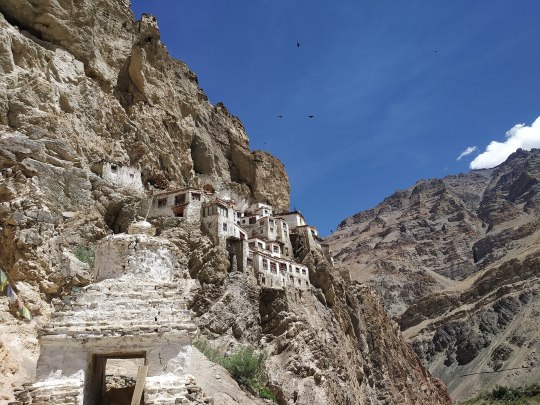
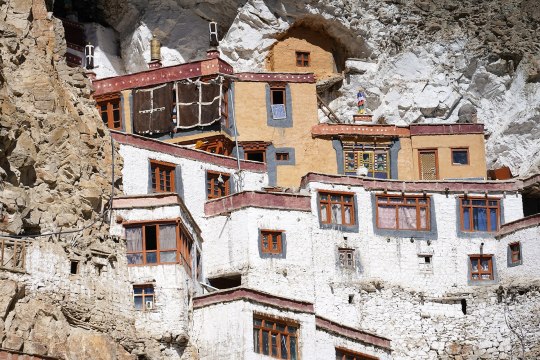

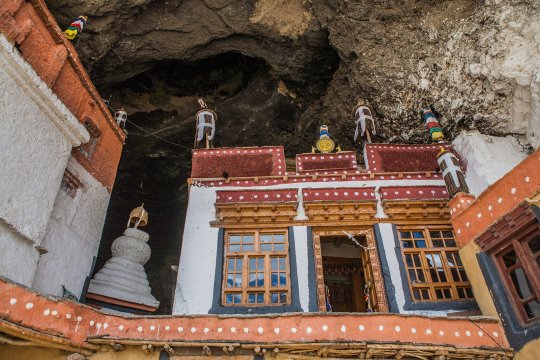
the phuktal gompa monastery in kashmir is built around a natural cave situated on a cliff of lugnak valley. the cave itself is thought to have served as a shelter for monks - in particular, the sixteen arhats - before the monastery was built around it ~2,500 years ago. today, it's home to 70 monks and a monastic school.
641 notes
·
View notes
Text
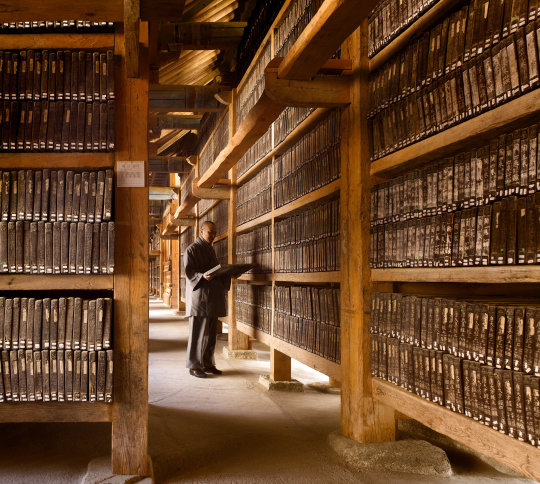
Tripitaka Koreana, Korea,
Carved on 81258 woodblocks in the 13th century - is the most successful large data transfer over time yet achieved by humankind. 52 million characters of information, transmitted over nearly 8 centuries with zero data loss - an unequalled achievement.
The Tripitaka Koreana, stored in Haeinsa, a Buddhist temple in Gayasan National Park, South Korea, is the most comprehensive and oldest version of the Buddhist canon, with no known errors in its 52 330 152 characters which are organized in over 1496 titles and 6568 volumes.
Will Pryce Photography
#art#design#architecture#interior design#interiors#korea#library#books#will price#tripitaka#palman daejanggyeong#scripture#buddhism#buddhist#vintage book#writing#history#style#woodblock#haeinsa#temple#gayasan#millwork#birch wood#blocks
590 notes
·
View notes
Text
[Hanfu · 漢服]Chinese immortal Hanfu Based On Ming Dynasty Zhengtong ear (1439AD)Fahai Temple Murals

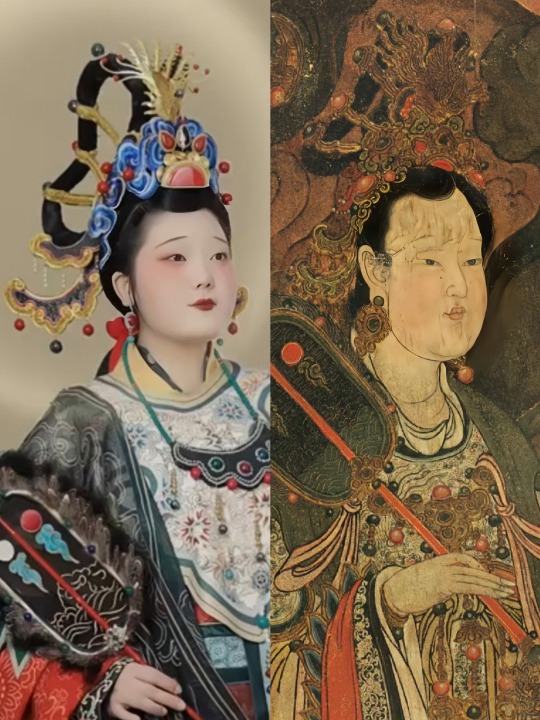





【Historical Artifacts Reference 】:
Ming Dynasty "鬼子母神" in the mural of Fahai Temple in Beijing,China.


【About the "鬼子母神" 】
鬼子母神,also known as Hārītī (Sanskrit),is both a revered goddess and demon, depending on the Buddhist tradition. She is one of the Twenty-Four Protective Deities of Mahayana Buddhism.
In her positive aspects, she is regarded for the protection of children, easy delivery and happy child rearing, while her negative aspects include the belief of her terror towards irresponsible parents and unruly children.
In both Chinese and Japanese Buddhism, she is venerated as a protector deity, but in many folk traditions is often recognized as a female demon of misery and unhappiness towards children and parents.
In Chinese Buddhism, Hārītī is also known as Hēlìdì (訶利帝) or Hēlìdìmǔ (訶梨帝母). In Chinese tradition, she is one of the Twenty-Four Protective Devas (二十四諸天 Èrshísì zhūtiān), a group of Dharmapalas who are venerated as protectors of Buddhists and the Dharma.Statues of this group (and Hārītī) are often enshrined within the Mahavira Hall in Chinese temples and monasteries.
————————
📸Recreation Work:@粉墨长安古典妆造
🔗 Xiaohongshu:http://xhslink.com/cNP1Hz
————————
#chinese hanfu#immortal Hanfu#hanfu#hanfu accessories#hanfu_challenge#china#chinese traditional clothing#chinese#Buddhist#buddhist art#鬼子母神#Fahai Temple Murals#chinese art#ancient china#漢服#汉服#中華風#Ming Dynasty
374 notes
·
View notes
Photo

Pratisara Mantra, 927 CE, found near Luoyang, China
1K notes
·
View notes
Text

Look!
This is your world!
You can't not look.
There is no other world.
This is your world; it is your feast.
You inherited this; you inherited these eyeballs; you inherited this world of color.
Look at the greatness of the whole thing. Look!
Don't hesitate - look!
Open your eyes.
Don't blink,
and look, look - look further.
~ Chögyam Trungpa
157 notes
·
View notes
Text
Because I have experienced pain, I am able to embrace the pain of others. Because I have made mistakes, I am able to forgive others their mistakes. May my suffering become the seed of compassion.
— Haemin Sunim, Love for Imperfect Things
440 notes
·
View notes
Text
nobody can convince me that cultural christianity in western culture, particularly the USA, doesn't exist when i specifically remember one time me and my family used to go to this plant based restaurant a few years back, and i remember that the owner was openly Buddhist and had put Buddha as part of the logo for her restaurant, and then I had watched a show that had a segment about Buddha, which I found really cool, so I proceeded to tell my conservative Christian mother about what I learned, then she told me "that's nice honey, but I go here for the food, NOT the politics." with a passive aggressive tone, and i'm not gonna lie, i think it's FUCKED UP that being a part of a religion that isn't Christianity or even being atheist/agnostic is "too political" and is even considered "pandering to an agenda"
#this wasn't even that long ago too! i was around 13? also this restaurant closed down but whatever#sorry that this isn't jewish related but you get what i mean by this#cultural christianity#christian hegemony#xtian bullshit#jumblr#jewblr#<- target audience#buddhism#buddhist#aggie talks
195 notes
·
View notes
Text

Kyaiktiyo Pagoda (also known as Golden Rock) is a well-known Buddhist pilgrimage site in Mon State, Burma.
84 notes
·
View notes
Text
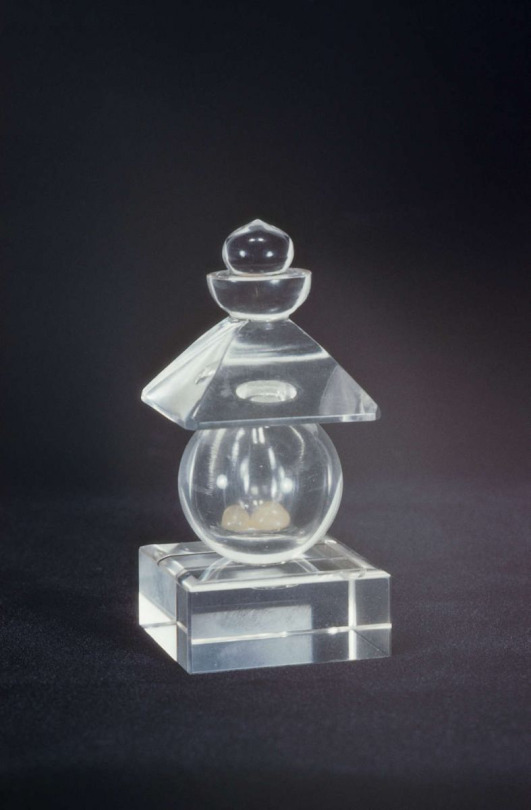
Buddhist reliquary carved from rock crystal. Japan, Kamakura Period, c. 13th century
1K notes
·
View notes
Text

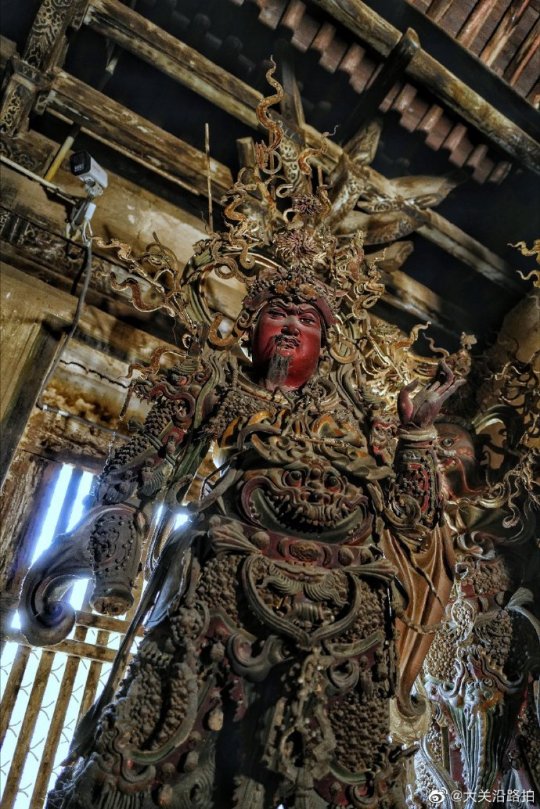
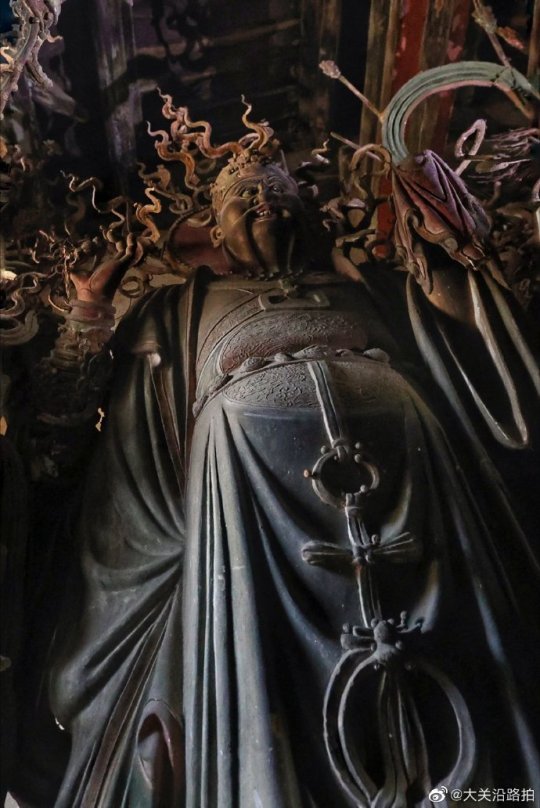

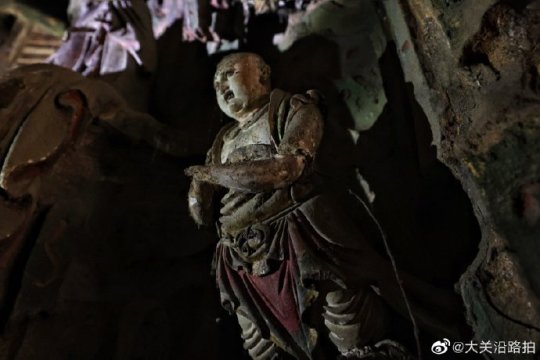




Extreme Baroque: Iron Temple On The Rice Mountain
Grotesque images from the Buddhist Iron Temple (鐵佛寺).
Located on the Rice Mountain (米山), Mixi (米西村) village, Jincheng, Shanxi, the temple is of an unknown construction date. The earliest record on the stone pillar in the main hall dates back to the seventh year of the Dading (大定) period of the Yuan or Jin dynasties. There is evidence that the temple was reconstructed in the third year of Wanli (1575). However, in the county annals, it is mentioned no earlier than the Qing dynasty.
These astonishing, presumably Ming statues owe their creation to the proximity of an iron ore. Iron frames made it possible to give the clay figures intricate poses and frilly decor.
Photo: ©大关沿路拍
#ancient china#chinese culture#chinese mythology#chinese art#chinese architecture#yuan dynasty#jin dynasty#chinese temple#statues#sculptures#scultpure#buddhist temple#buddhist#buddhist deities#religious art#buddhism#ming dynasty#qing dynasty#statuary#religious imagery
122 notes
·
View notes
